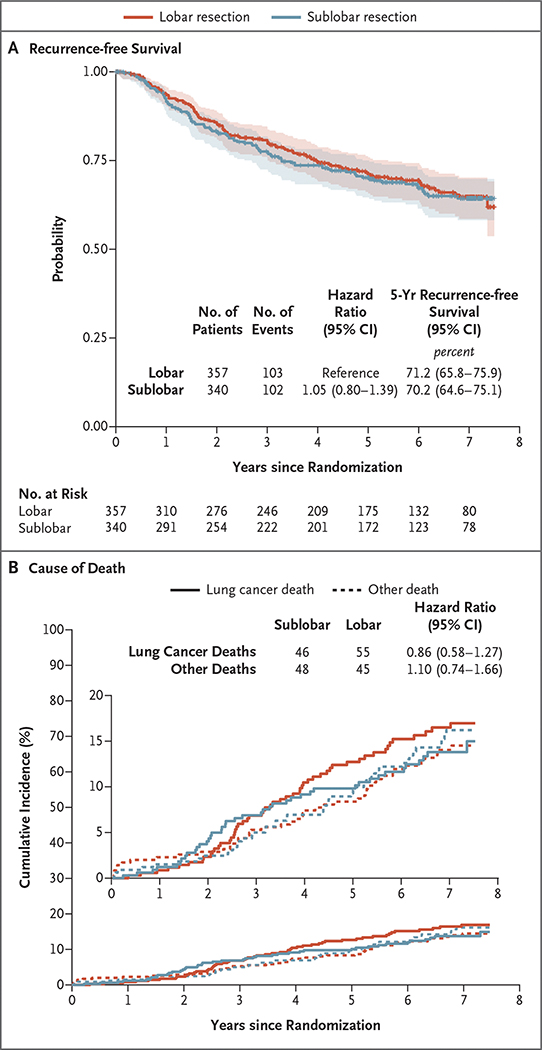Figure 3. Recurrence-free Survival and Cause of Death.
Panel A shows recurrence-free survival in the intention-to-treat population. Recurrence-free survival was defined as the time between randomization and the occurrence of locoregional or distant recurrence; all other events, including death from any cause, were censored at the occurrence of these events. The shaded areas indicate 95% confidence intervals. Panel B shows cumulative-incidence functions for death related to lung cancer as compared with death not related to lung cancer; four patients with an unknown cause of death (three in the lobar-resection group and one in the sublobar-resection group) were excluded from the analysis. In both panels, the widths of the confidence intervals have not been adjusted for multiplicity and may not be used in place of hypothesis testing.

